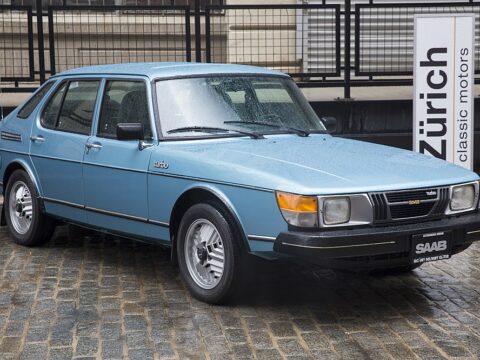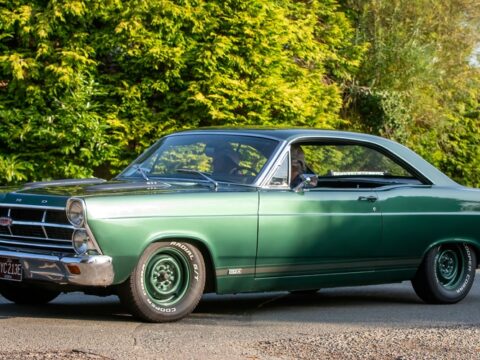Certain aircraft have gained notoriety for their poor safety records. The McDonnell Douglas DC-10 is infamous for early design flaws, including cargo door issues that led to catastrophic accidents. The de Havilland Comet, the first commercial jetliner, experienced several crashes due to metal fatigue from repeated pressurization. Another aircraft with a troubling history is the Yakovlev Yak-42, which had multiple incidents tied to operational and design issues. These planes, while often technologically advanced, faced challenges that impacted their safety records over time.
Contents
de Havilland Comet
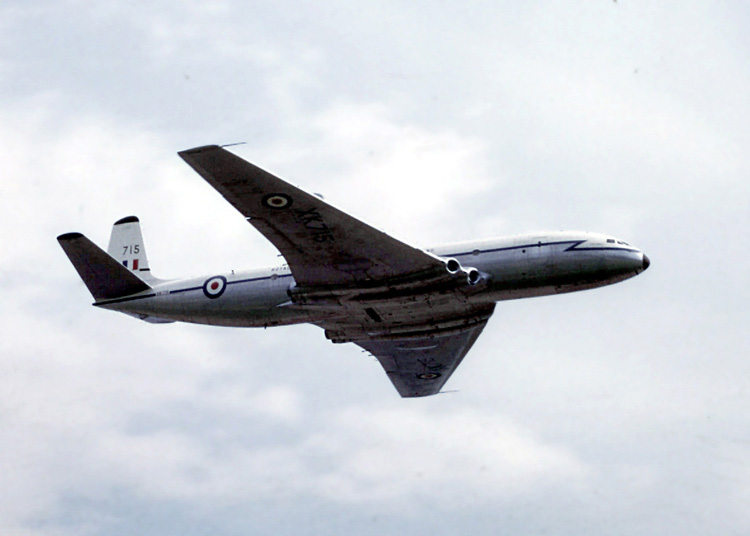
The de Havilland Comet was the world’s first commercial jetliner, introduced in 1952. It featured a pressurized aluminum fuselage and four Rolls-Royce Ghost turbojet engines. Despite its pioneering design, the Comet developed a reputation for tragic accidents, particularly due to metal fatigue in its pressurized fuselage. Multiple crashes, including two in 1954, were caused by structural failure during flight, resulting in the loss of several lives. These incidents significantly tarnished the Comet’s safety record and led to fundamental changes in aircraft design.
Lockheed L-188 Electra
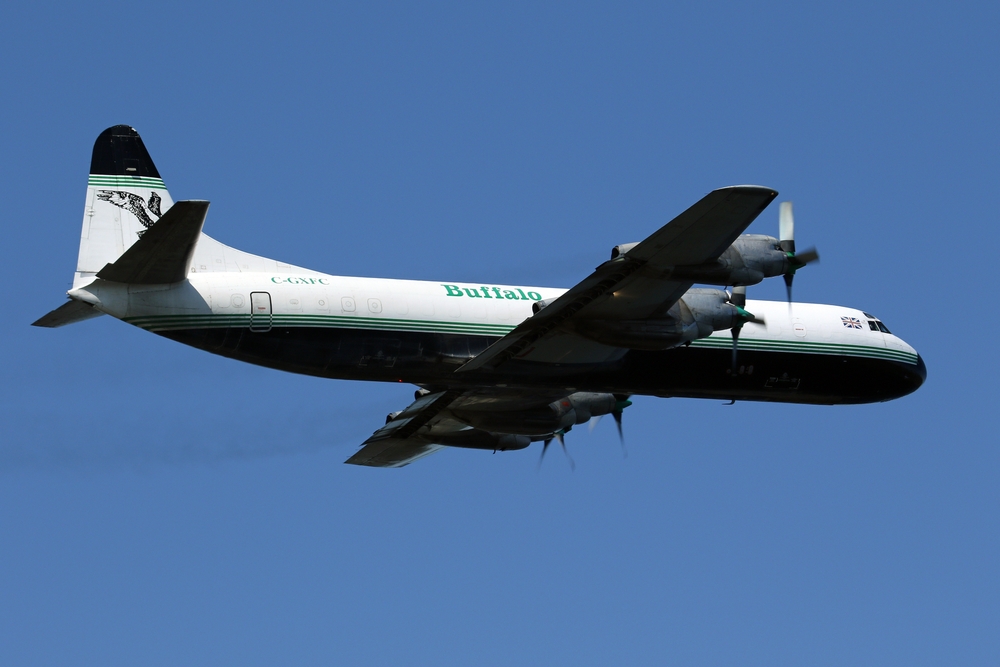
Introduced in 1957, the Lockheed L-188 Electra was a turboprop airliner designed with four Allison T56 engines. Despite its modern design, the Electra suffered from a series of catastrophic in-flight structural failures, including two high-profile crashes in 1959 and 1960. The accidents were traced to a phenomenon known as “whirl mode flutter,” which caused the wings to disintegrate mid-flight. Although modifications were made, the damage to its reputation remained, and the aircraft’s safety record was marred by these early tragedies.
McDonnell Douglas DC-10
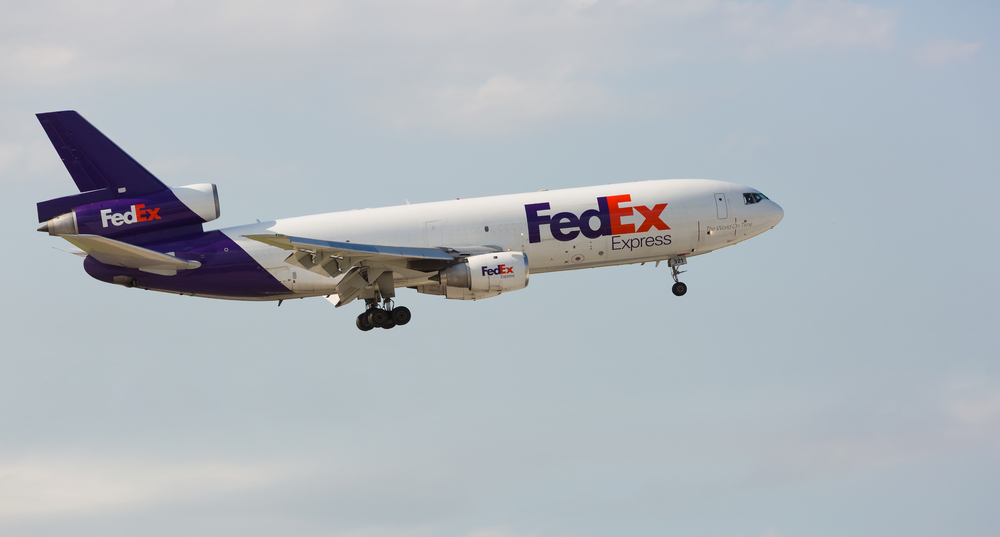
The McDonnell Douglas DC-10, introduced in 1970, was a wide-body jet powered by three General Electric CF6 engines. Despite its success in the market, the DC-10’s safety record was tarnished by several catastrophic incidents. In 1974, Turkish Airlines Flight 981 crashed due to a faulty cargo door design, killing 346 people. Additionally, in 1979, American Airlines Flight 191 crashed shortly after takeoff in Chicago due to an engine detachment, resulting in the deaths of 273 people. These accidents raised serious concerns about the DC-10’s design flaws and maintenance practices.
Boeing 737 MAX
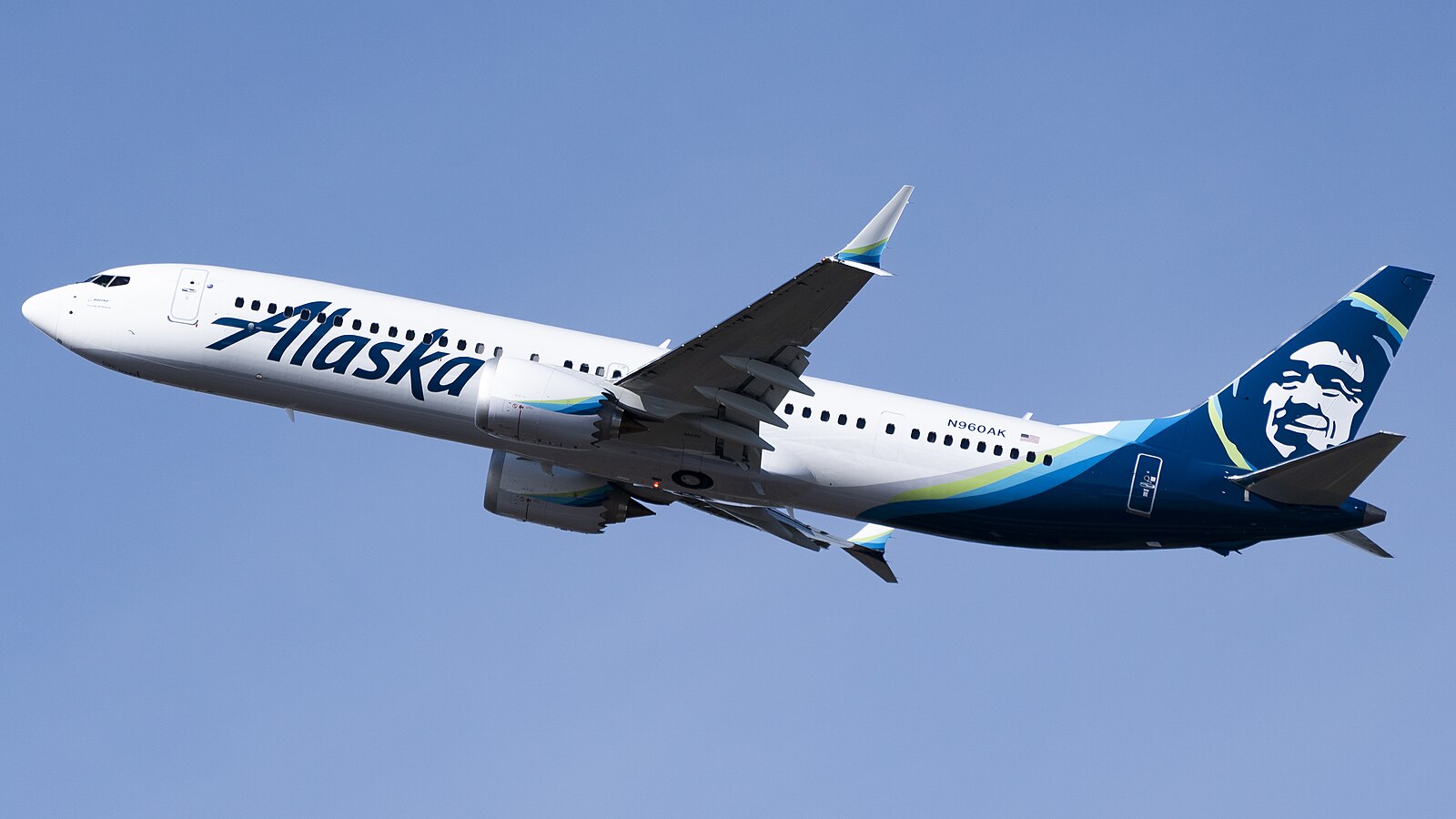
The Boeing 737 MAX, introduced in 2017, is a narrow-body aircraft powered by two CFM International LEAP-1B engines. Despite its advanced design and fuel efficiency, the 737 MAX experienced two fatal crashes—Lion Air Flight 610 in 2018 and Ethiopian Airlines Flight 302 in 2019—due to issues with its Maneuvering Characteristics Augmentation System (MCAS). The crashes resulted in the deaths of 346 people, leading to the grounding of the aircraft worldwide. The MAX’s safety record has severely impacted Boeing’s reputation and raised concerns about software and pilot training.
Concorde
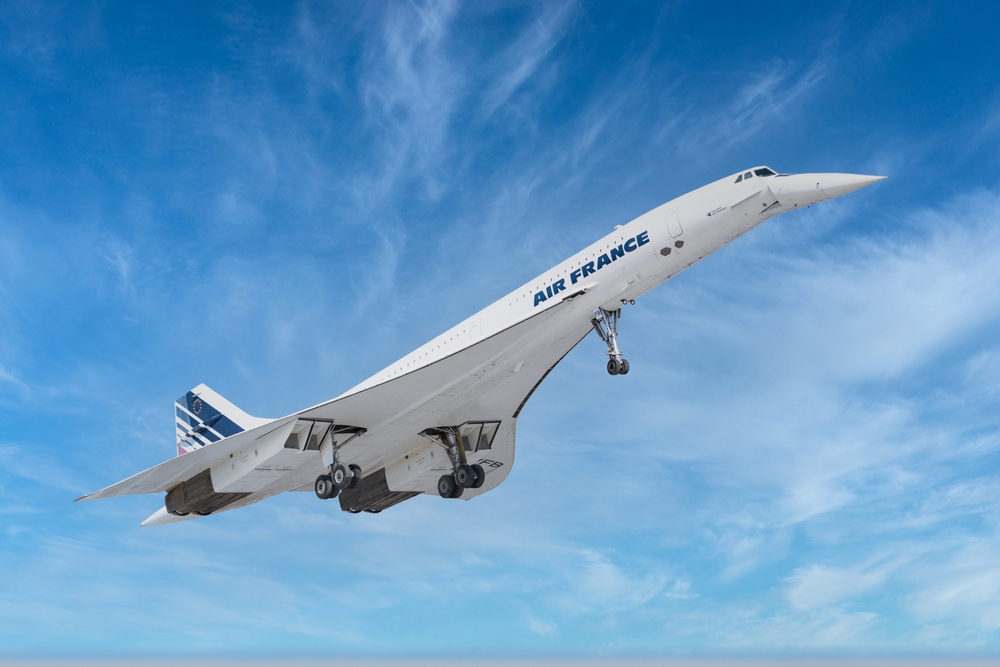
The Concorde was a supersonic airliner introduced in 1976, capable of speeds up to Mach 2, powered by four Rolls-Royce/Snecma Olympus 593 engines. While the Concorde was an engineering marvel, its safety record was tarnished by the crash of Air France Flight 4590 in 2000. The accident, caused by debris on the runway, resulted in the loss of 113 lives. Although it was the only fatal Concorde accident, the aircraft’s safety record was questioned due to its high operational costs, noise pollution, and susceptibility to mechanical issues.
Fairchild Hiller FH-227
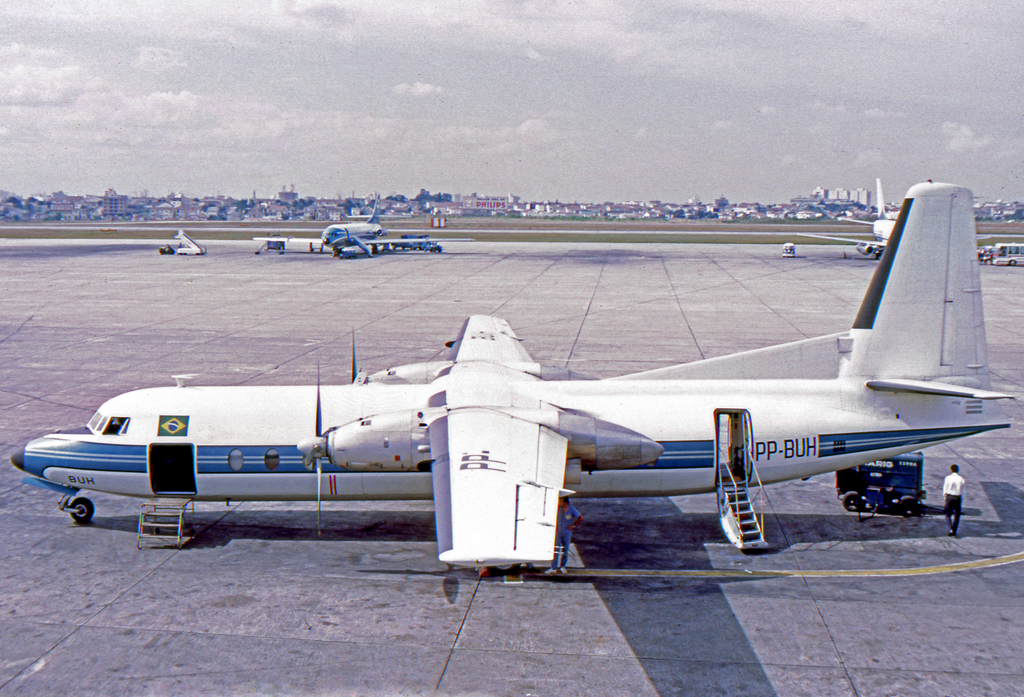
The Fairchild Hiller FH-227, introduced in 1958, was a twin-engine turboprop aircraft powered by Rolls-Royce Dart engines. Despite its robust design, the FH-227 experienced several fatal accidents, including the infamous crash of Uruguayan Air Force Flight 571 in the Andes in 1972. Over time, mechanical failures, pilot errors, and poor weather conditions contributed to its tarnished safety record. The aircraft’s aging technology and operational difficulties in adverse conditions added to its decline in reputation.
Tupolev Tu-144
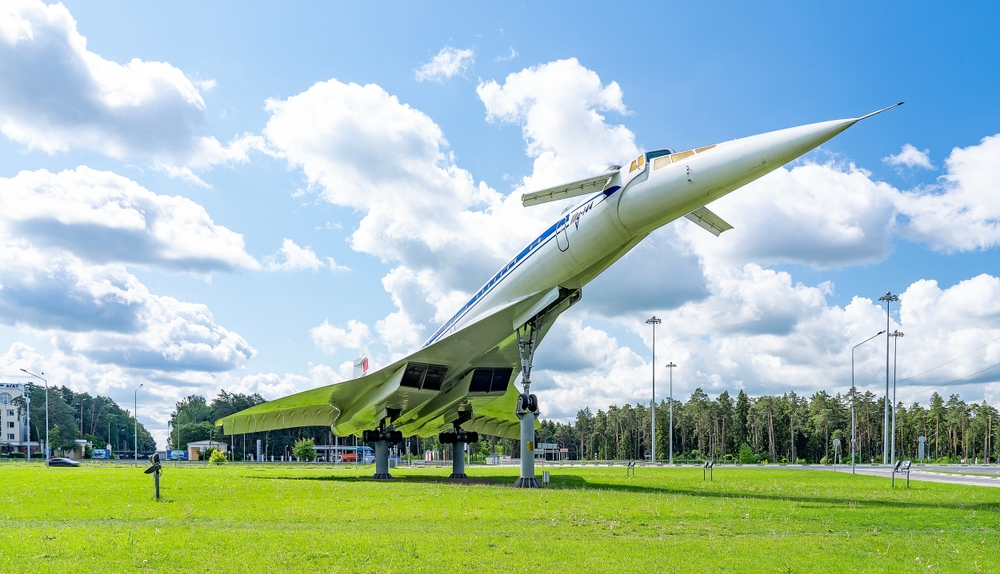
The Tupolev Tu-144, introduced in 1968, was a Soviet-built supersonic airliner designed to rival the Concorde. Powered by four Kuznetsov NK-144 engines, it could reach speeds of Mach 2. Despite its impressive specifications, the Tu-144’s safety record was plagued by multiple accidents, including a crash during the 1973 Paris Air Show and another fatal crash in 1978. Mechanical failures, poor build quality, and a rushed development timeline contributed to its poor safety reputation, leading to its early retirement.
Antonov An-26
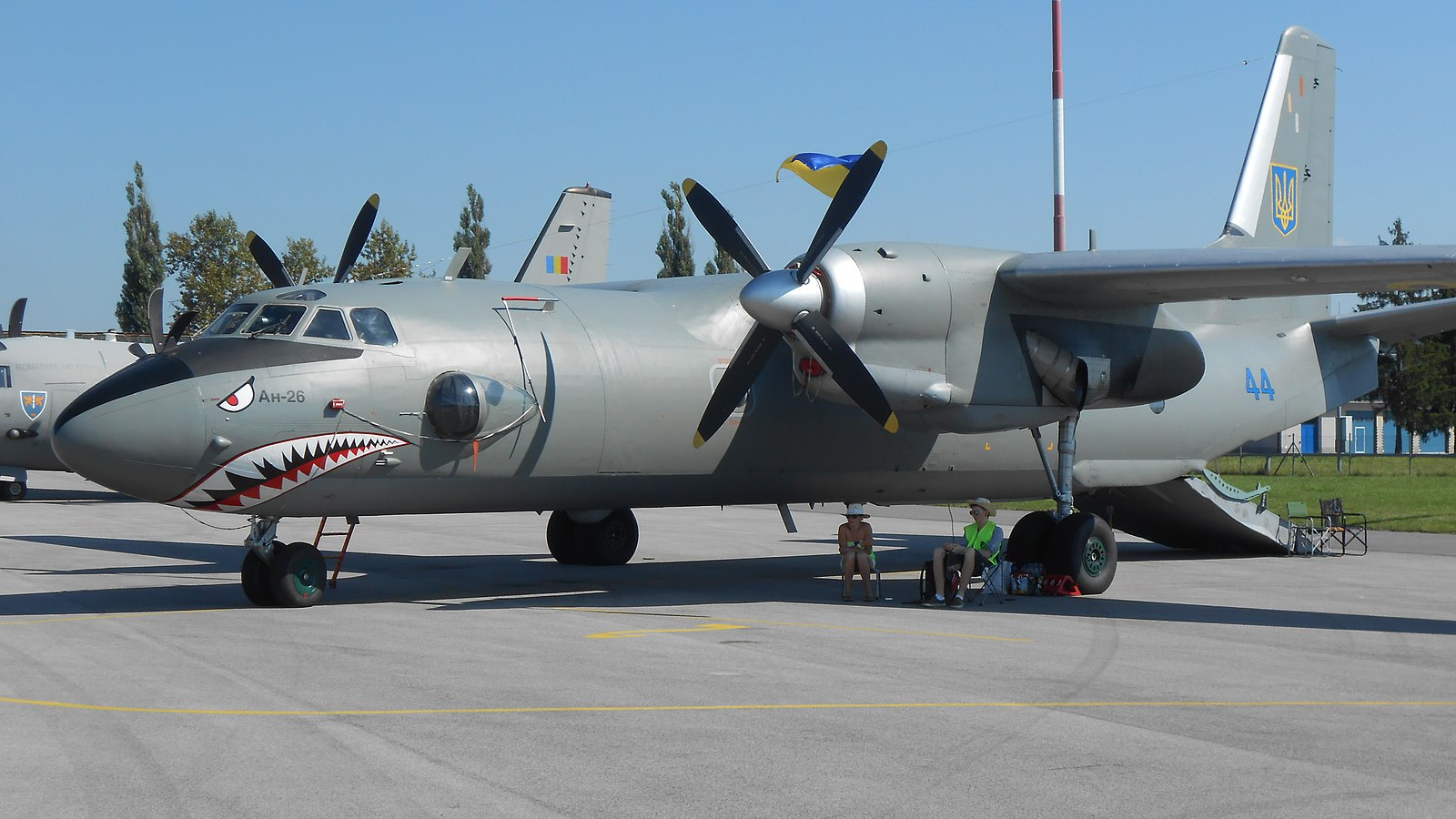
The Antonov An-26, introduced in 1969, is a twin-engine turboprop military transport aircraft powered by Ivchenko AI-24 engines. Despite its widespread use in both military and civilian applications, the An-26 has been involved in numerous accidents due to mechanical failures and poor maintenance. Over the years, crashes have occurred due to engine failures, landing gear malfunctions, and pilot errors. The An-26’s aging fleet and operational challenges, particularly in developing regions, have contributed to its poor safety record.
Curtiss C-46 Commando
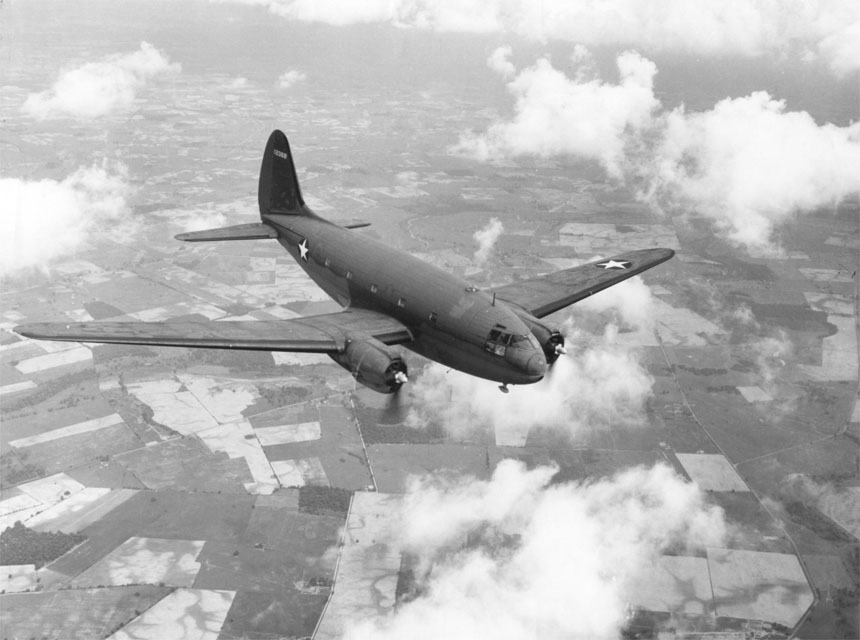
The Curtiss C-46 Commando was a transport aircraft introduced in 1940, primarily used during World War II. Powered by two Pratt & Whitney R-2800 engines, it was capable of carrying heavy loads over long distances. However, its safety record was poor, especially in high-altitude operations in the Himalayas, where engine failures and fuel system problems caused several crashes. The aircraft’s complex systems and challenging maintenance requirements led to a high number of fatal accidents, particularly in military service.
Boeing 747-100/200
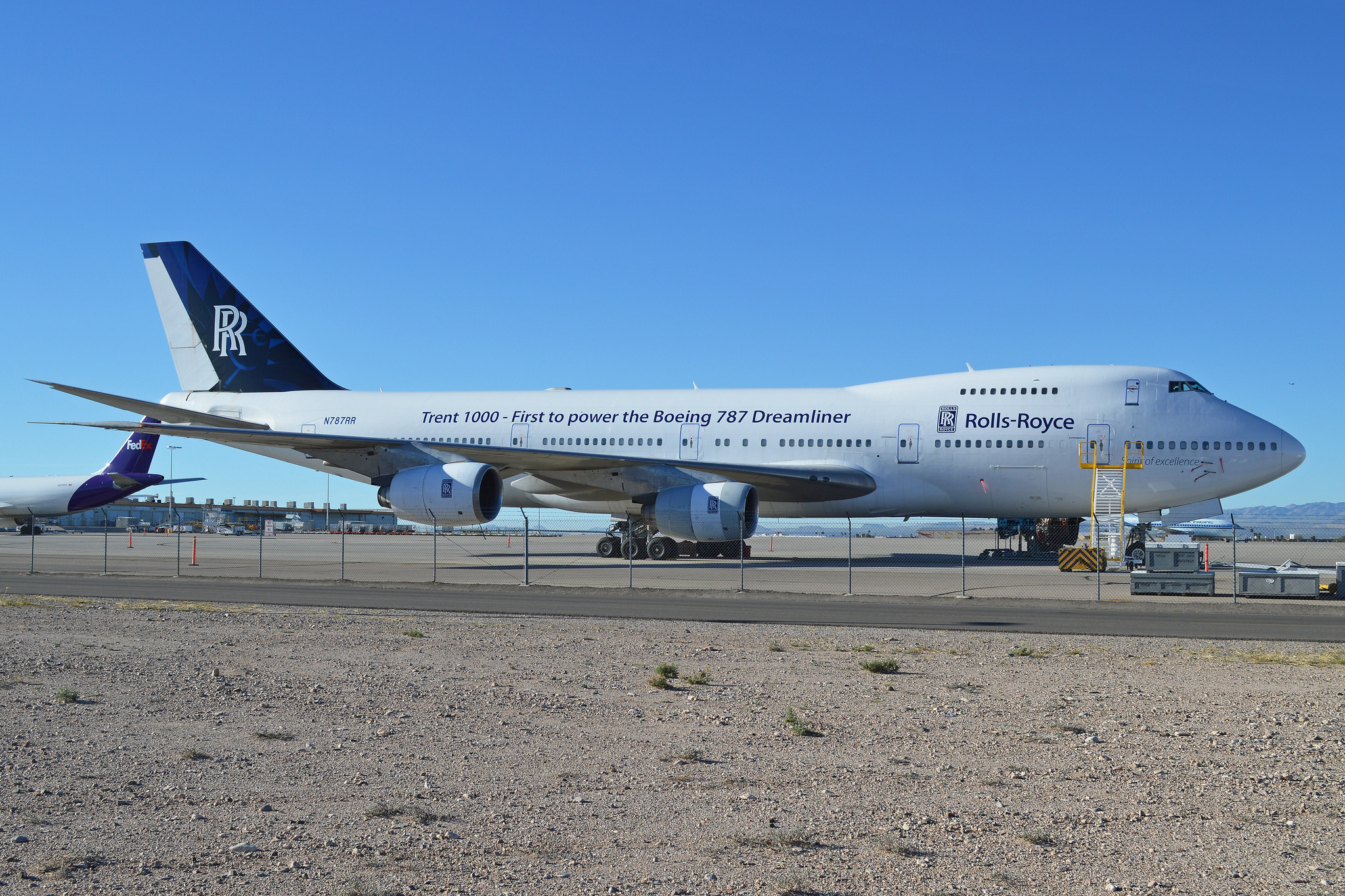
The Boeing 747, introduced in 1969, is an iconic wide-body aircraft powered by four Pratt & Whitney JT9D or Rolls-Royce RB211 engines. Despite its commercial success, early models of the 747, particularly the 100 and 200 series, experienced several high-profile accidents. Notable crashes include the 1977 Tenerife disaster, where two 747s collided on the runway, killing 583 people, and Japan Airlines Flight 123 in 1985, where a structural failure led to the loss of 520 lives. These incidents contributed to concerns about the aircraft’s complexity and safety.
Airbus A310

The Airbus A310, introduced in 1983, was a wide-body jet powered by two Pratt & Whitney JT9D or General Electric CF6 engines. Despite being a reliable workhorse for many airlines, the A310 experienced several accidents, often attributed to pilot error and mechanical issues. The crash of Yemenia Flight 626 in 2009, which killed 152 people, highlighted concerns about the aircraft’s aging fleet and maintenance practices. The A310’s safety record has been marred by these incidents, contributing to its eventual retirement from most major airlines.
Douglas DC-9
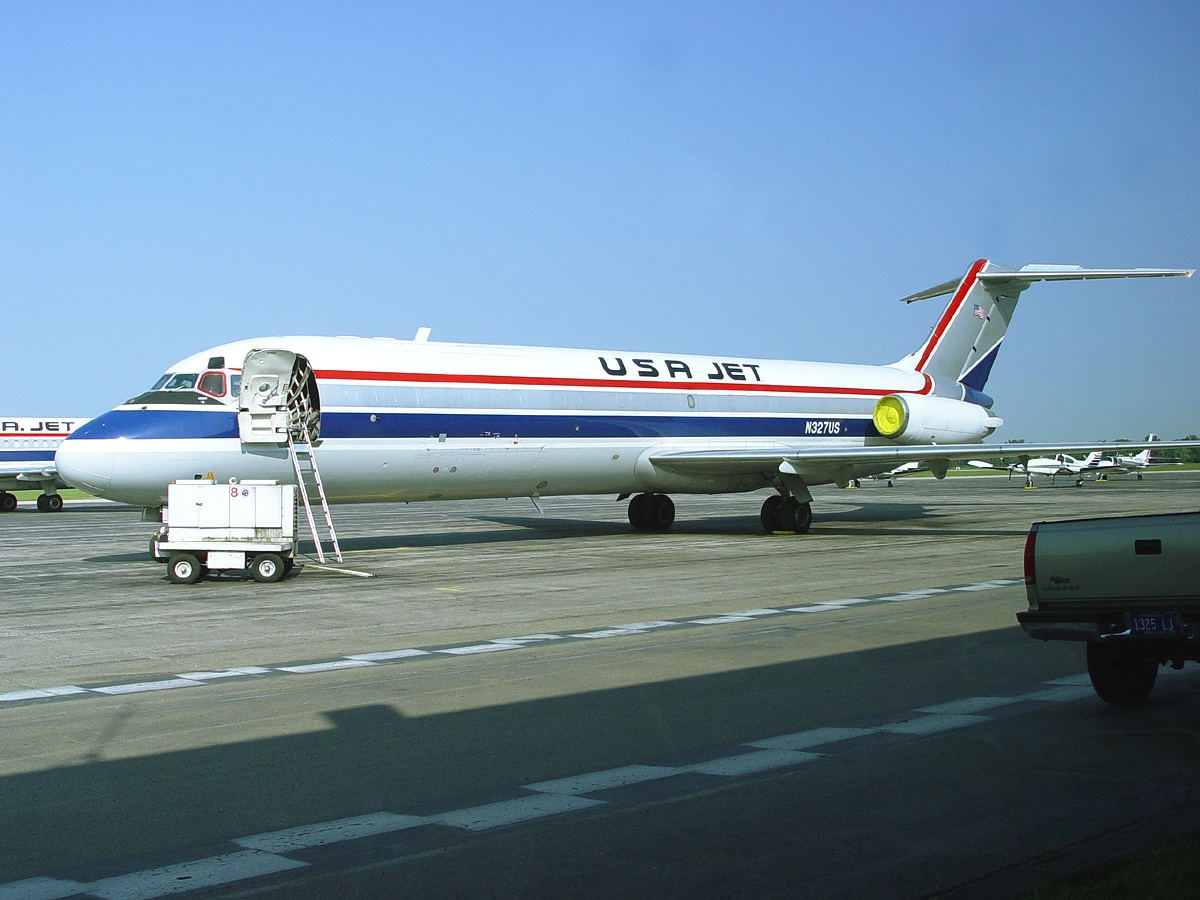
The Douglas DC-9, introduced in 1965, is a narrow-body aircraft powered by two Pratt & Whitney JT8D engines. While it was a popular choice for short-haul flights, the DC-9 experienced numerous accidents over its long service life. Issues with its older design, particularly with cockpit technology and outdated navigation systems, contributed to accidents like the ValuJet Flight 592 crash in 1996, where 110 people died. The DC-9’s safety record has suffered due to its age and lack of modern safety features.
Ilyushin Il-62
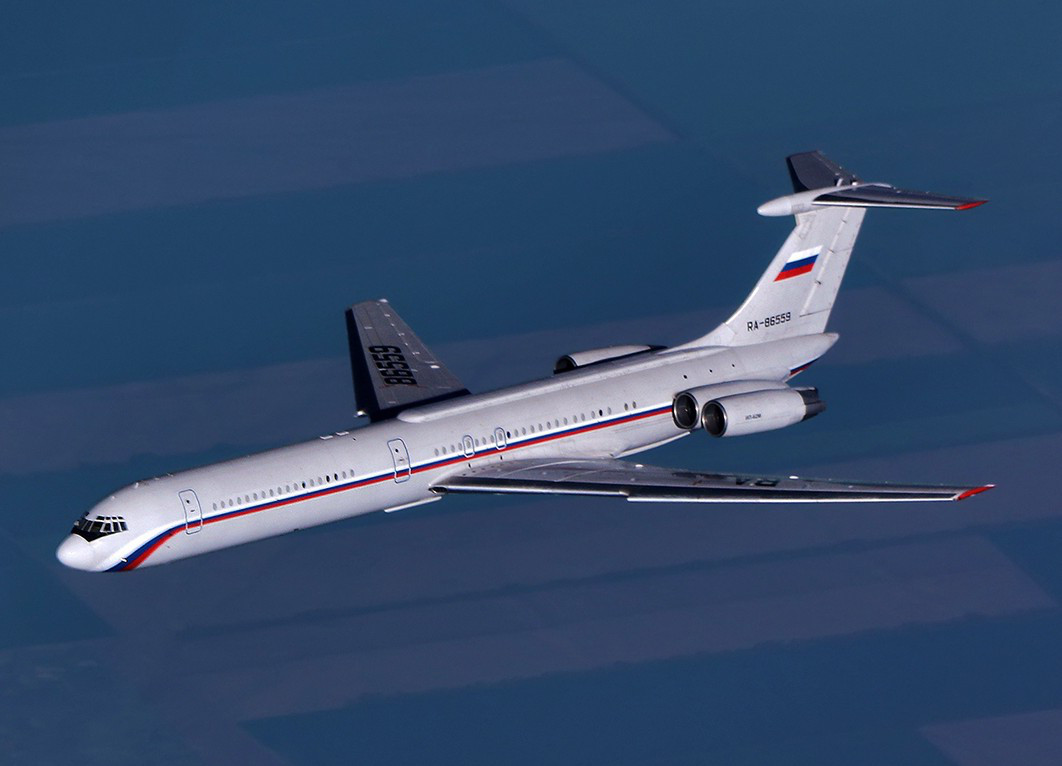
The Ilyushin Il-62, introduced in 1967, was a Soviet long-range airliner powered by four Soloviev D-30KU engines. Despite being a workhorse for Soviet and Eastern Bloc airlines, the Il-62 had a troubled safety history, with multiple crashes attributed to mechanical failures, particularly in its engines and hydraulic systems. Notable accidents include the 1982 crash of LOT Polish Airlines Flight 007 and Aeroflot Flight 8641 in 1982, both due to mechanical failure. The aircraft’s aging systems and complex maintenance needs contributed to its poor safety record.
Vickers Viscount
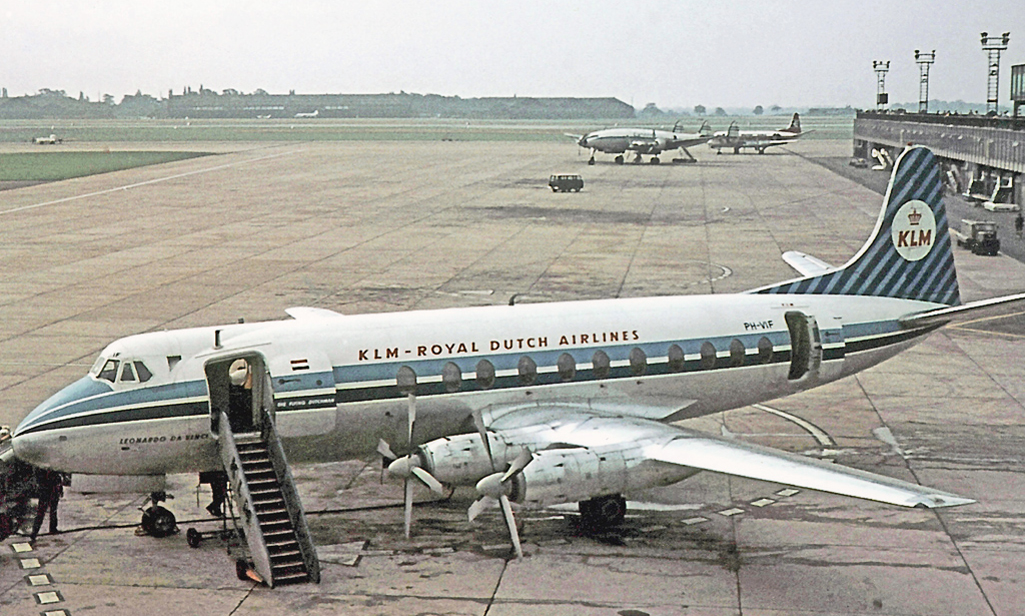
The Vickers Viscount, introduced in 1953, was a turboprop airliner powered by four Rolls-Royce Dart engines. Despite its success in commercial aviation, the Viscount experienced several accidents over the years, often due to mechanical failures in its aging systems. One of the most notable incidents was the 1962 crash of United Airlines Flight 297, where structural failure led to the loss of all onboard. The Viscount’s safety record worsened as it aged, leading to its retirement from most fleets by the late 1980s.
Lockheed C-130 Hercules
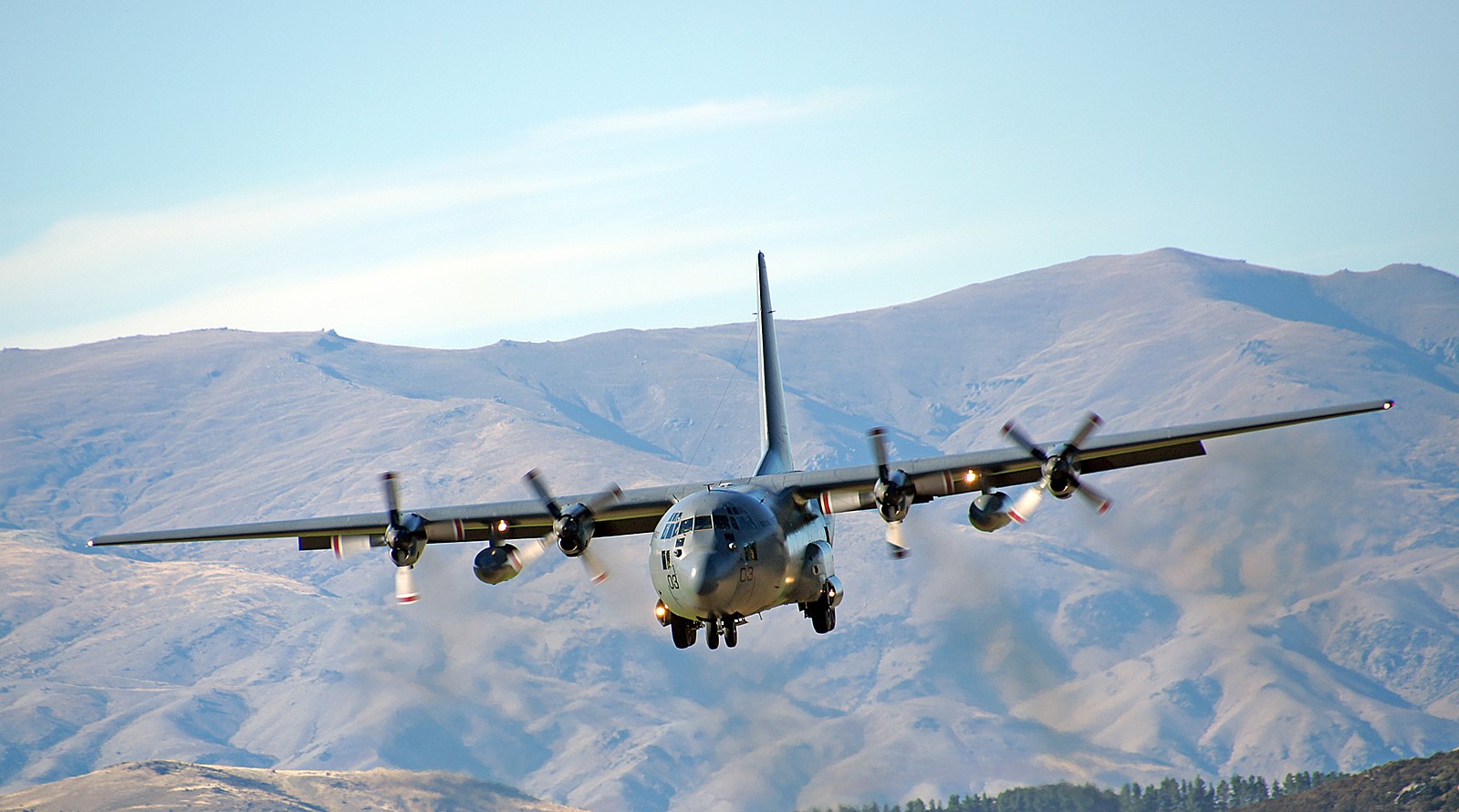
The Lockheed C-130 Hercules, introduced in 1956, is a military transport aircraft powered by four Allison T56 turboprop engines. While it’s known for its versatility, the C-130 has been involved in numerous crashes due to mechanical failures, pilot errors, and combat-related incidents. Over the decades, accidents have occurred in both military and civilian operations, particularly in rough or dangerous environments. Its long service life and challenging operating conditions have contributed to a high number of accidents, making it one of the more accident-prone military aircraft.
Antonov An-124 Ruslan
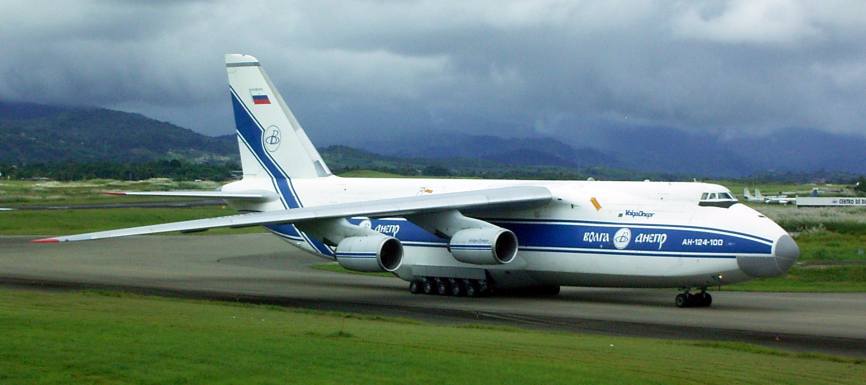
The Antonov An-124, introduced in 1982, is a heavy-lift cargo aircraft powered by four Lotarev D-18T turbofan engines. Despite its impressive cargo capacity, the An-124 has experienced several accidents due to mechanical failures and maintenance issues. Notable incidents include the 1997 crash in Irkutsk, Russia, where an An-124 crashed into a residential area, killing 72 people. The aircraft’s complex systems and aging fleet have contributed to concerns about its safety, particularly in civilian cargo operations.
Piper PA-46 Malibu
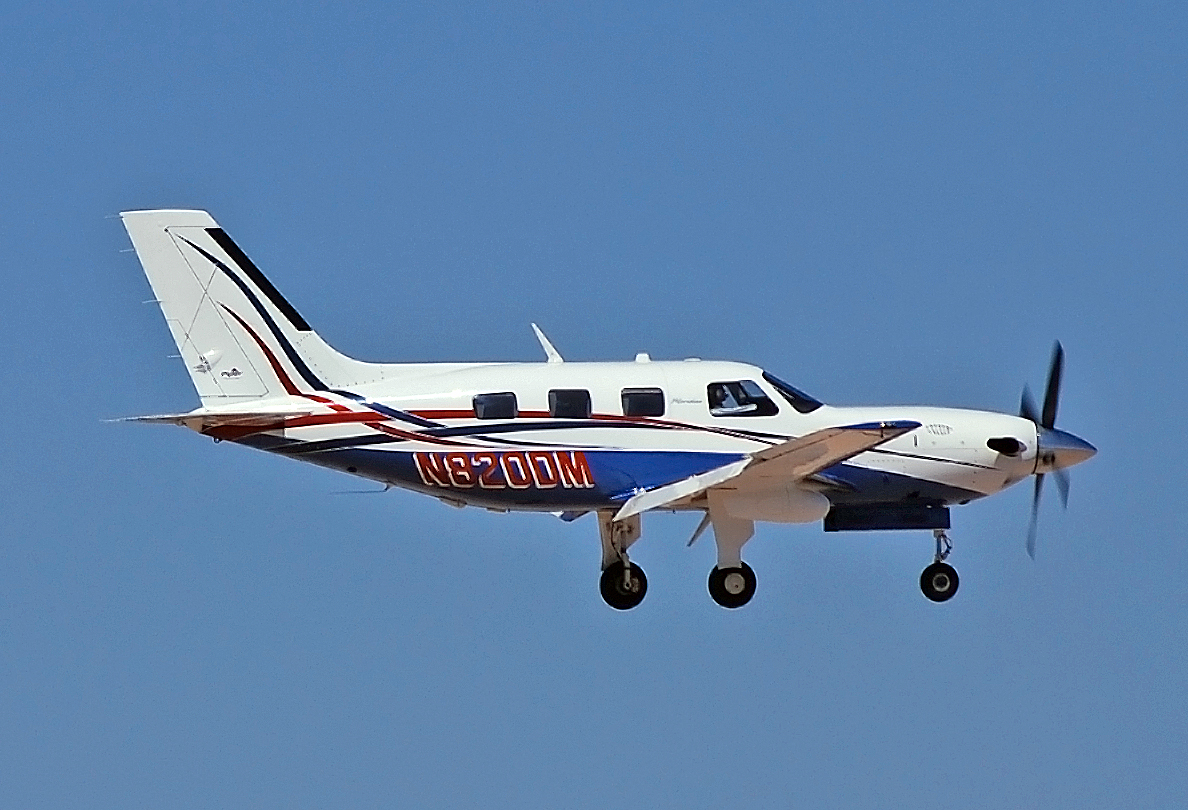
The Piper PA-46 Malibu, introduced in 1984, is a small, single-engine aircraft powered by a Continental TSIO-550 engine. Despite being a popular choice for private pilots, the Malibu has been involved in several high-profile crashes, including the 2019 crash that killed footballer Emiliano Sala. The aircraft’s relatively high accident rate is often attributed to pilot error in poor weather conditions, as well as mechanical issues such as engine failure. The Malibu’s lightweight structure and single-engine design make it particularly vulnerable in adverse conditions, contributing to its poor safety record.
Beechcraft Model 99

The Beechcraft Model 99 is a twin-turboprop commuter airliner that was first introduced in 1968, powered by two Pratt & Whitney Canada PT6A engines. Despite its reliability in terms of performance, the Model 99 has been involved in a number of accidents, often linked to pilot error, weather conditions, and mechanical failures. Its safety record took a hit after several crashes in the 1970s and 1980s. The combination of its aging fleet, limited technological upgrades, and reliance on regional, often challenging, routes has contributed to its reputation for poor safety.
Yakovlev Yak-42
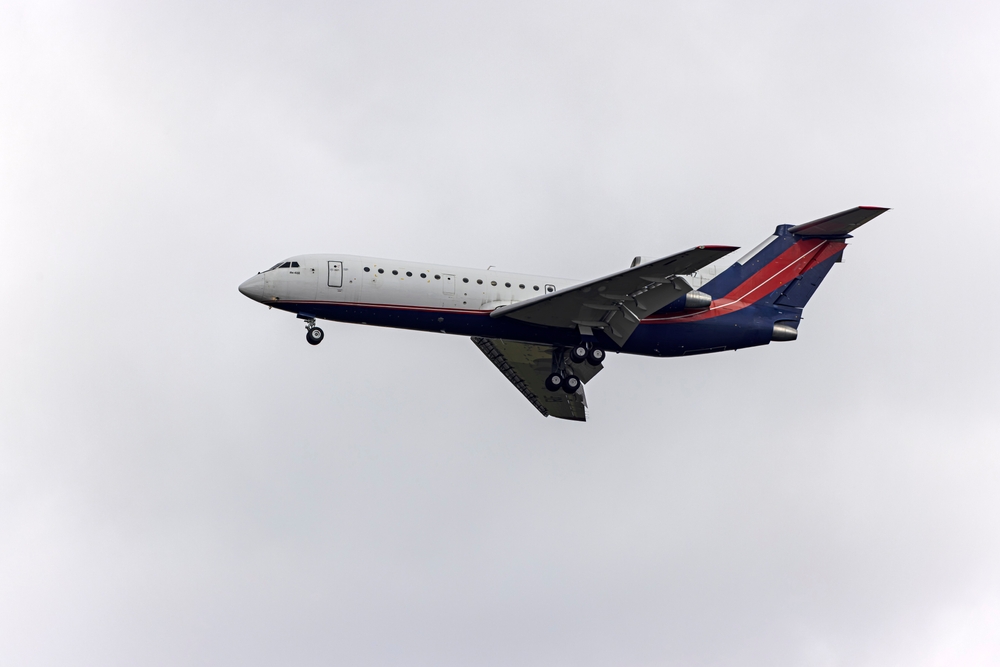
The Yakovlev Yak-42, introduced in 1980, is a Soviet-built medium-range tri-jet airliner powered by three Lotarev D-36 turbofan engines. The Yak-42 has a troubled safety record, with several fatal accidents, including the 2011 crash that killed almost the entire Lokomotiv Yaroslavl ice hockey team. Mechanical failures, including issues with its control systems, as well as poor maintenance practices, have plagued the aircraft. Despite being a workhorse for many regional airlines, the Yak-42’s safety issues have led to its phased retirement in many parts of the world.
Fokker F28 Fellowship
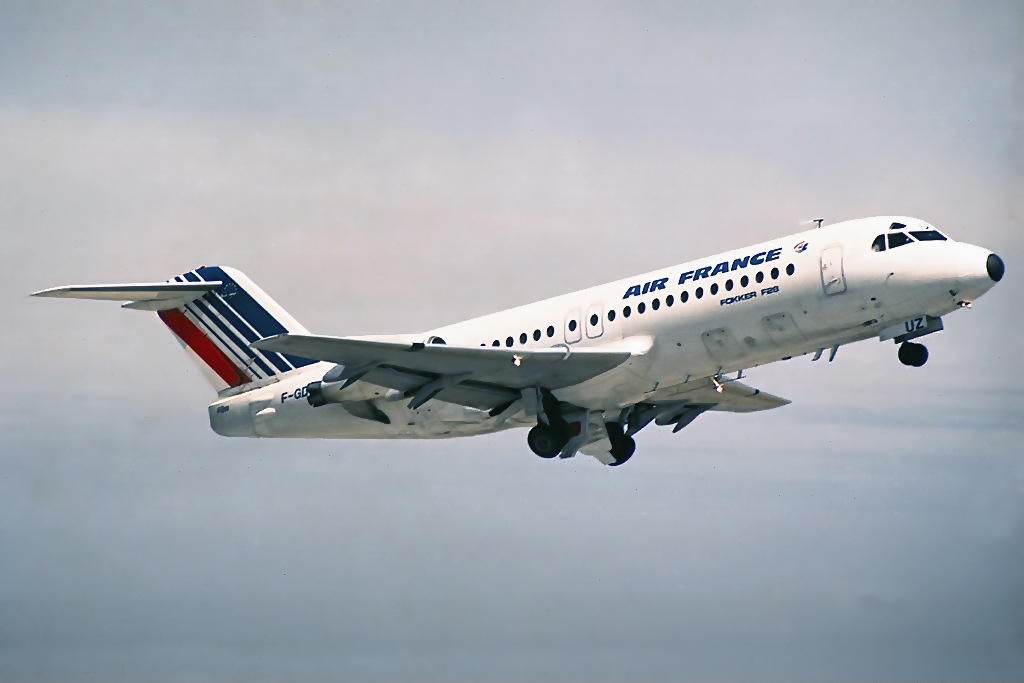
The Fokker F28 Fellowship, a short-haul jetliner introduced in 1969, was powered by two Rolls-Royce Spey engines. While it was a reliable aircraft for regional flights, the F28’s safety record suffered due to several accidents involving poor weather conditions and pilot error. The aircraft lacked modern safety features like advanced avionics and wind shear detection, making it vulnerable in hazardous environments. As the fleet aged, mechanical issues such as engine failures and landing gear malfunctions became more common, further tarnishing its safety reputation.
This article originally appeared on MyCarMakesNoise.
More from MyCarMakesNoise
10 of The Weakest Car Suspension Brands
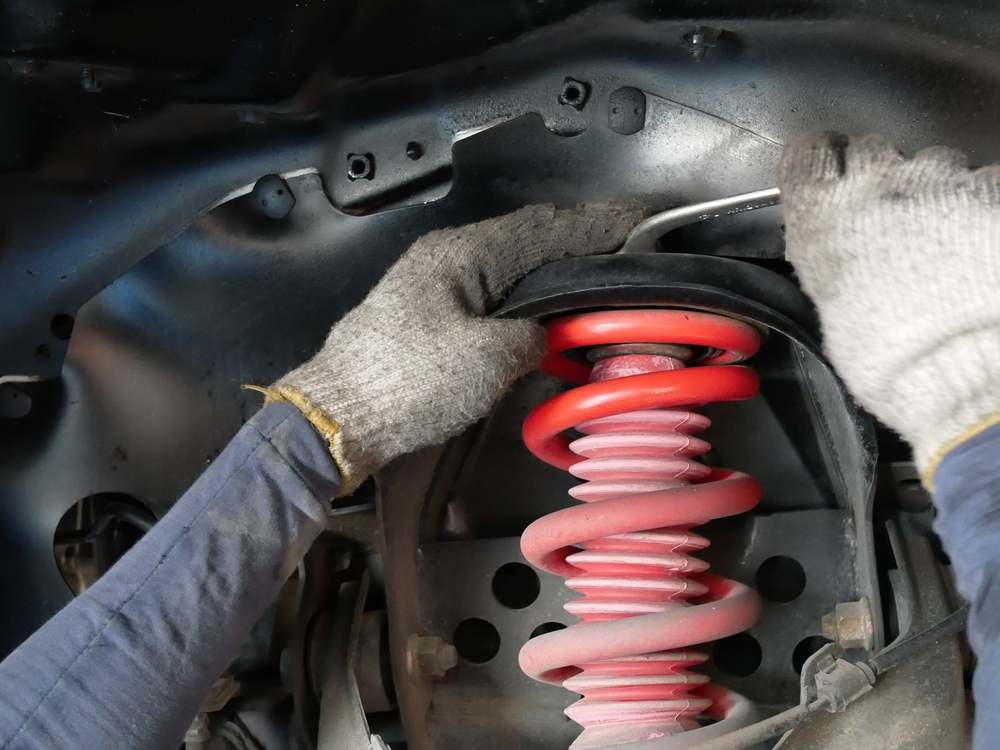
Weak suspensions can lead to a host of issues, including uncomfortable rides, poor handling, and frequent maintenance. In this article, we’ll explore some of the weakest car suspension brands that have garnered attention for their subpar performance and reliability issues. Read More.
15 Budget-Friendly Off-Road Vehicles for Thrill-Seekers

Whether you’re planning a weekend camping trip or an off-road escapade, the right vehicle can make all the difference. Here, we delve into low-cost off-road vehicles that strike the perfect balance between cost and capability. Read More.
10 Little-Known Facts About the Iconic Ford Mustang
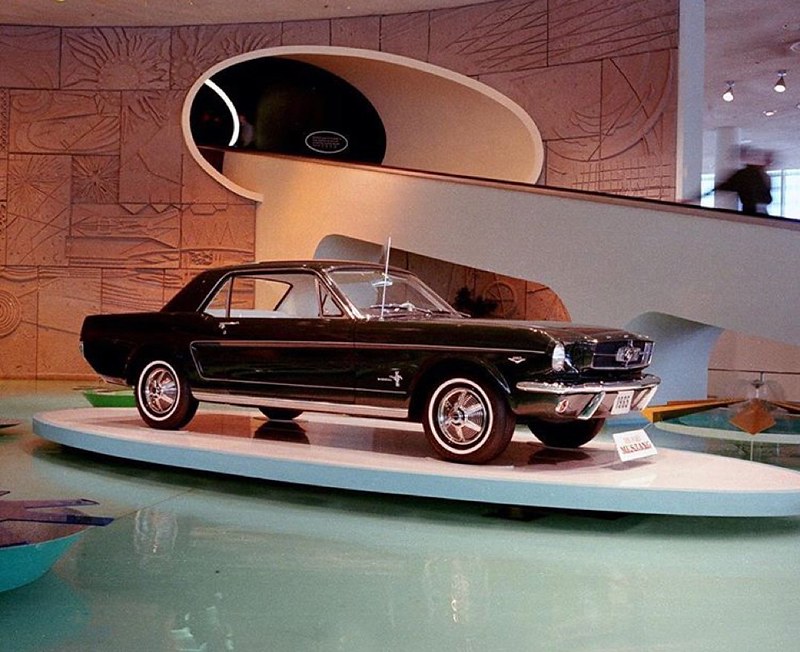
While many are familiar with the Mustang’s general history, several surprising aspects highlight its significance in the automotive industry and popular culture. Read More.

